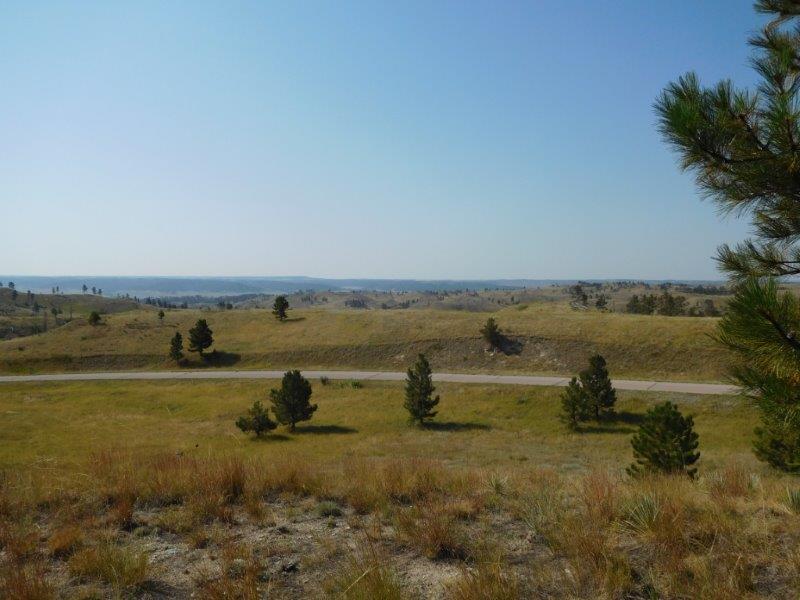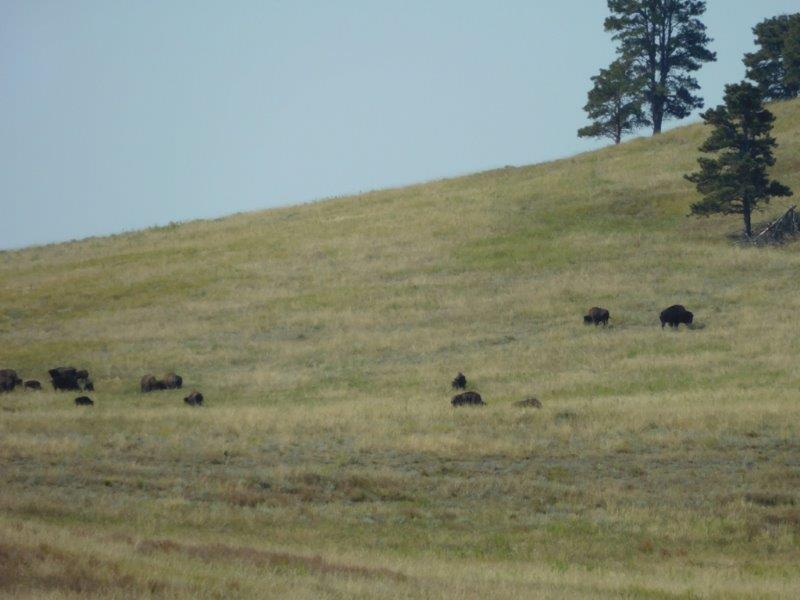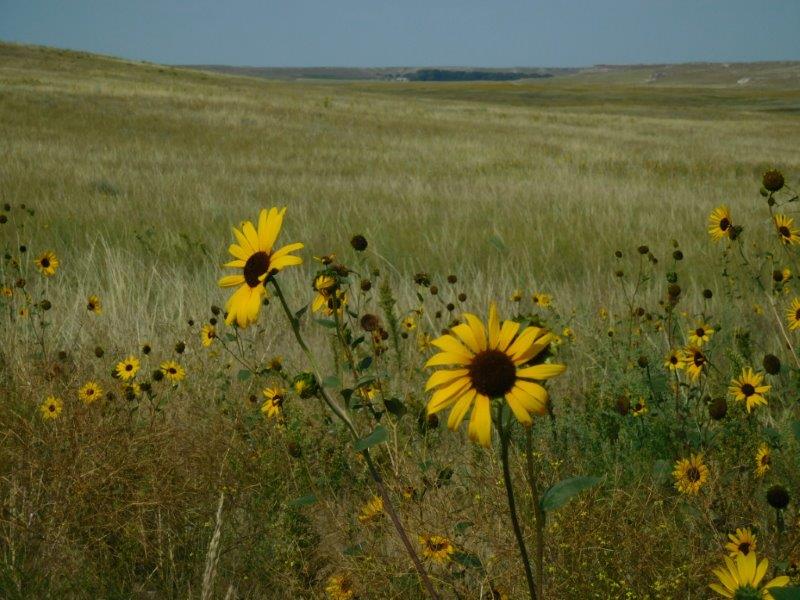This is the first of three posts about our recent travels. I tried doing it in one post, but it was too big!
Fort Robinson State Park, Nebraska
Now that the solar eclipse is past, we don’t have a firm date to be anywhere until early October. It’s time to wander the country! We left Stapleton in eastern Nebraska and set out for Fort Robinson State Park in western Nebraska.
Fort Robinson was used by the US Army from the Indian Wars onward. It is now a state park on the southern edge of the badlands. It’s a nice enough state park, although when you have to buy a park sticker for a motor home AND a car, it gets to be pricey. Still, we were happy to have full hookups after the dry camping for the eclipse. We were able to dump our tanks, fill up with water, and run the air conditioners!!!
Fort Robinson was once a prison for Native Americans. Sad.
Fort Robinson has one of the largest bison herds in the country. We took a drive through it and sure enough, we saw bison!
One of the real attractions of this part of the country are the fossil beds and geological formations. So we took a day to explore them.
Agate Fossil Beds
When a drought struck western Nebraska, a large number of animals died around a watering hole…65 million years ago! Over time their skeletons were buried and remained that way until the early 1900s. The fossil beds were excavated and animals from the Cenozoic Era were discovered. They have all been excavated now and are in museums around the world. The area is now a National Monument (which had 15,000 visitors for the eclipse…the park rangers were still reeling from it!).
Hudson-Meng Bison Kill Building
Next up was a bison kill site. Discovered in 1954 while digging a pond, there is a permanent structure over the dig site. Digging is no longer going on, instead this site is used to education people. They estimate there are 600 bison skeletons here from 10,00 years ago. Scientists still haven’t figured out why they are all here.
Toadstool Geological Park
The final destination that day was Toadstool Geological Park. Over time wind has worn away soft sandstone and left an upper layer of harder rock. The formations appear to be toadstools! This is right on the southern edge of the Badlands, and it looked it. Did I mention it was HOT???













